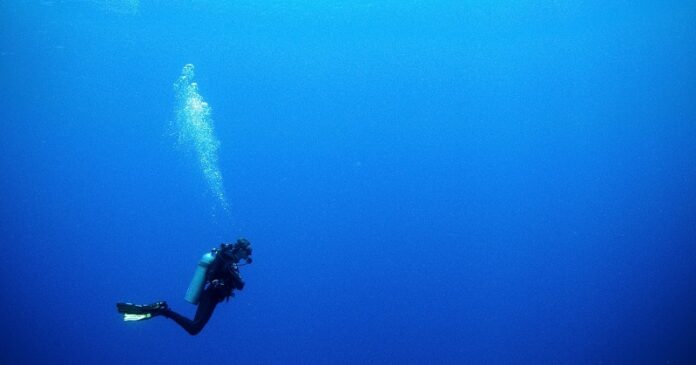Diving is not everybody’s business. It requires some level of skills, knowledge, practice, and expertise. Whether you do it for fun, rescue, project analysis, or any other reason, it’s paramount that you take all the necessary precautions to avoid tragedies.
When working in a team, it’s important that you define the roles of each team member and designate duties appropriately. Carrying out a SWOT analysis helps to significantly put everything into perspective. This article covers some of the key requirements for divers applicable for water industry projects and general works as well.
Diving Risk Assessment
The diving process needs to be taken up just like any other onshore/off-shore project. A risk assessment is crucial to identify specific project elements such as site hazards, risks, and essential controls. This kind of assessment should put into consideration health and safety guidelines.
This kind of assessment also helps to put in place emergency measures that should be undertaken, including stopping operations immediately if there is a need.
Diving Project Plan
It’s important to put out a comprehensive project plan that takes into account standard operating rules, generic risk assessments, and any other necessary documentation.
Important aspects of such a plan include:
- General principals of the diving techniques to be used and specific needs of particular operations
- Contingency procedures for a possible emergency that include retrieving injured or unconscious divers from the water
- Have a record for the outcome of the planning carried out, including a report on the risk assessment, information on instructions instituted
The Diving Team size
Every project will have a diving team that meets its requirements and this will certainly differ from one project to the other. The level of expertise will also be dependent on the size and complexity of the project.
This team must also include onshore support and even stand-by rescue teams. A stand-by diver should be ready to provide any kind of assistance to the team beneath the water. Such preparations include being dressed for the task and ready to take up extra equipment such as a mask and helmet.
Working Hours
Working underwater can be an excruciating task. The time and effects to which workers may be exposed should be critically evaluated. This must put into consideration elements such as prolonged mental and physical fatigue. Prolonged exposure can affect performance and even impair mental alertness. Working time evaluation should for any project include:
Sleep deprivation and social activities for the night before
- The actual work activity
- Work environment
- Work patterns and a schedule that allows rest and refreshment breaks
- Stand-By Divers
Accredited Divers
The Australian Diver Accreditation Scheme(ADAS) has an elaborate occupational diver training and certification program. Diver training and assessment for commercial, military, police as well as scientific purposes is part of this accreditation program. However, there are several training centers and across the country where divers can be sought to offer professional services. You can consult a commercial diving company for assistance in several aspects
Whatever project you are undertaking, it’s advisable to recruit accredited and properly licensed personnel. This makes it easy to evaluate the psychological and medical fitness of a diver.
Diver Equipment
Proper diving equipment is key to the successful execution of the projects. It’s also instrumental in ensuring safety for the individuals, the entire team, and the project at large. Although there is a basic must-have equipment for any kind of diving, the technicalities and complexity of required equipment largely depend on the project being executed.
Diving equipment includes a diving mask, drysuit or wetsuit, fins, scuba gloves, scuba tank, regulator, among others. Mostly the duration, depth, and extent of the diving project will determine how much equipment a diver needs.
Assessing Diving Techniques
Surface Supplied Breathing Apparatus (SSBA) and Self-Contained Underwater Breathing Apparatus (SCUBA) are the most preferred and relatively safer diving techniques. Each of them can be used to achieve various objectives. They can also be used variedly in a given project for specific purposes.
In SSBA, the gas is supplied by surface equipment, which allows the diver more time underneath without running out of gas. This comes in hand when carrying out demanding projects for which the diver would stay too long underneath.
SCUBA diving on the other hand, is considered riskier and demanding than surface supplied diving. It’s advisable to carry out SCUBA diving only on open water. The conditions and circumstances for SCUBA diving should be evaluated appropriately. It’s recommended that such dives should be no more than 30 meters in depth.
Conclusion
Like any other industry, the diving profession has evolved over the years and we continue to learn as time goes by. New discoveries have led to new technologies of carrying out projects with relatively lower risks. For any given project, team safety should be a foremost consideration. Proper recordkeeping also helps to learn and counter any challenges that the process may bring forth.








